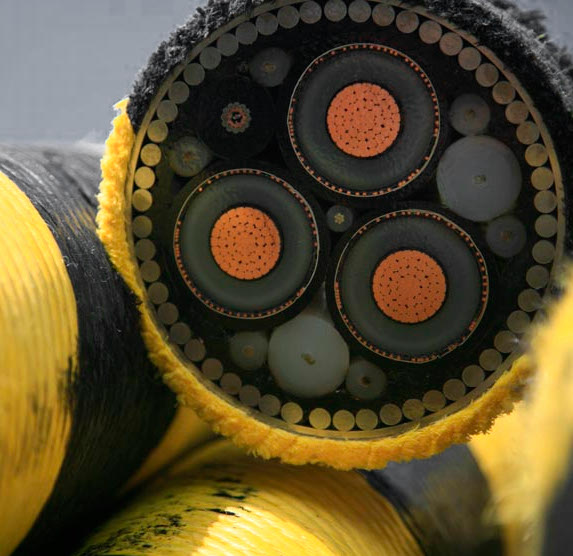Powerful impact of auroras
 Recent atmospheric auroras may have damaged electrical infrastructure.
Recent atmospheric auroras may have damaged electrical infrastructure.
Displays of auroras have filled social media feeds with stunning visuals, but could pose significant risks to electrical infrastructure, according to US researchers.
These beautiful light shows, caused by solar particles hitting Earth's magnetic field, are linked to geomagnetically induced currents (GICs) that can damage pipelines and submarine cables.
Researchers at NASA's Goddard Space Flight Center found that direct, head-on impacts from interplanetary shocks create the most powerful ground-level electric currents.
“Auroras and geomagnetically induced currents are caused by similar space weather drivers. The aurora is a visual warning that indicates that electric currents in space can generate these geomagnetically induced currents on the ground,” says Dr Denny Oliveira, the lead author of the study.
The study - published in Frontiers in Astronomy and Space Sciences - highlights that these induced currents can have damaging effects on infrastructure that conducts electricity, such as pipelines and submarine cables.
The team used real-time data to measure the interplanetary shocks and compared these measurements with readings from a natural gas pipeline in Mäntsälä, Finland.
They found that shocks which strike Earth's magnetic field head-on cause stronger GICs than those hitting at an angle.
“Auroras are caused by particles from the sun hitting the Earth’s magnetic field - but these impacts also cause geomagnetically induced currents at ground level, which can damage infrastructure that conducts electricity,” said Oliveira.
He noted that during severe geomagnetic storms, the auroral region can expand significantly, potentially increasing the risk of damage over a wider area.
Oliveira pointed to past incidents to illustrate the potential risks.
“Arguably, the most intense deleterious effects on power infrastructure occurred in March 1989 following a severe geomagnetic storm - the Hydro-Quebec system in Canada was shut down for nearly nine hours, leaving millions of people with no electricity,” he said.
Even weaker, more frequent events like interplanetary shocks can cumulatively pose threats to ground conductors over time.
The researchers' findings offer new insights into forecasting potential damage and protecting infrastructure.
By predicting the angle of interplanetary shocks up to two hours before impact, it may be possible to implement protective measures for electrical grids and other vulnerable systems.
“One thing power infrastructure operators could do to safeguard their equipment is to manage a few specific electric circuits when a shock alert is issued,” Oliveira suggested.
Despite these findings, the researchers acknowledge gaps in the data.
“Current data was collected only at a particular location, namely the Mäntsälä natural gas pipeline system. Although Mäntsälä is at a critical location, it does not provide a worldwide picture,” Oliveira said, stressing the need for more comprehensive data collection to better understand and mitigate the risks posed by geomagnetically induced currents.








 Print
Print